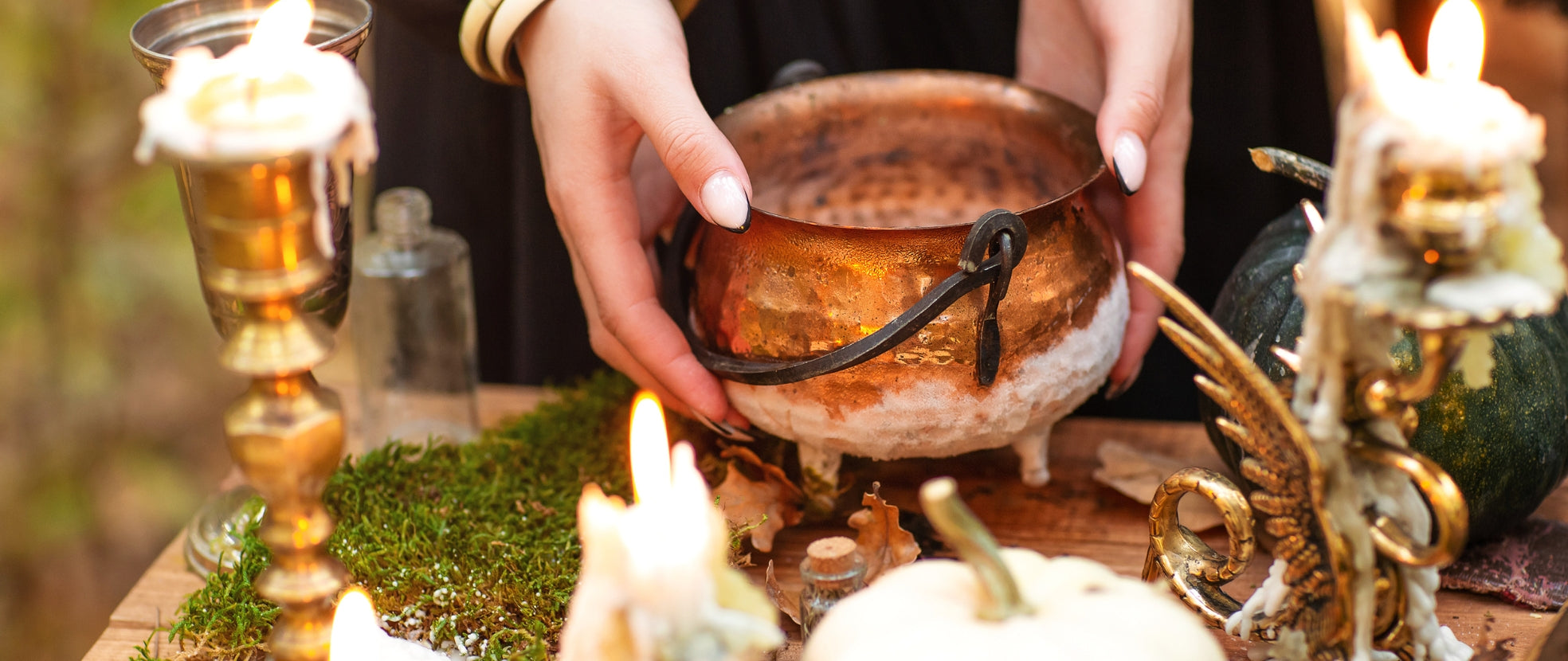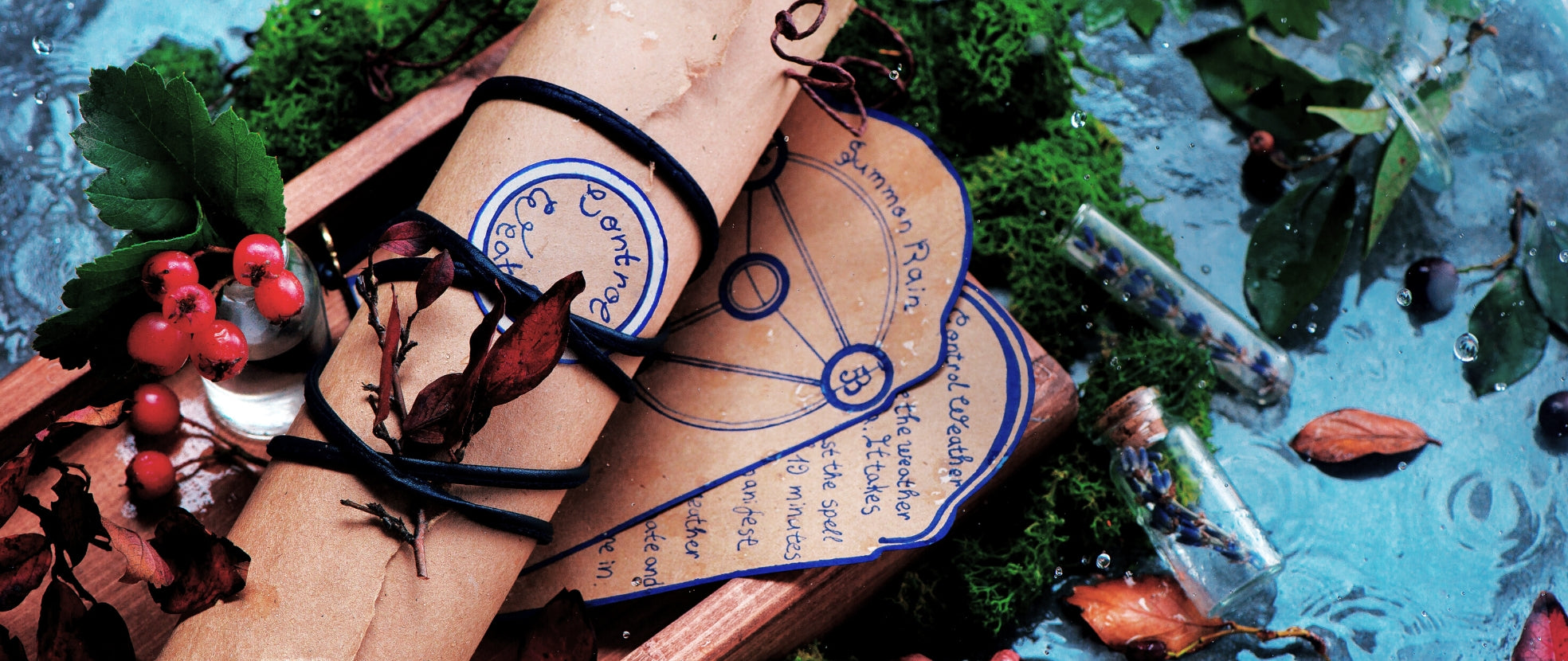Himalayan salt lamps are a lauded natural healing product, yet many people are not sure how, or even if, they work. Salt lamps are beautiful, but is there science behind their healing claims?
Himalayan salt is the commercial name for colored rock salt from Poland, Pakistan, and Iran
In its purest form, it is composed of 98-99% sodium chloride (table salt), 1-2% polyhalite (a hydrated combination of potassium, calcium, magnesium, and sulfur), and trace amounts of other minerals. The sodium chloride crystals have an off-white or transparent color, while the polyhalite and other minerals give the Himalayan salt its distinctive orange, pink, and red hues.
Today, we see Himalayan salt featured in bath and beauty aids, jewelry, recipes, and home and office décor. While the history of the importance of rock salt is well documented, more recent assertions about the mineral's medicinal properties remain controversial.
Salt is hygroscopic;
it attracts water molecules in the air. Theoretically, salt lamps absorb these molecules along with microscopic impurities (smoke, dust, mildew, etc). The lamp's bulb evaporates the water, releasing clean vapor into the air, trapping the impurities in the salt. This is, however, theory; there are no peer-reviewed studies confirming these claims, since there is no interest from big pharma’s. Nevertheless, many people report significant improvements with allergies and asthma after using a Himalayan salt lamp.
Negative ionization
Salt lamps do create a small number of negative ions, which bond with and neutralize some of the positive ions (free radicals) created by consumer electronics. Studies have shown that free radicals can lead to depression and even cancer.
Himalayan salt lamps offer benefits worth enjoying
They are attractive decorations and their light pleasantly fills their surroundings. And, because of their warmth and soft colors, they may relieve stress, promote relaxation, and counter the effects of blue light, helping you sleep better at night.
Barbara Hendel and Peter Ferreira. Water and Salt: The Essence of Life. *Amy J. Morgan and Anthony F Jorm. Self-Help Interventions for Depressive Disorders and Depressive Symptoms. Annals of General Psychiatry. *Zsigmond Papp. Morphological and Microchemical Characterizations of Himalayan Salt Samples. Revue Roumaine de Chimie*.





